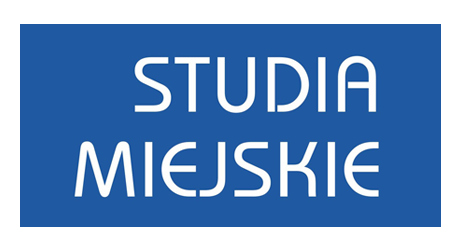Altzinger W., 1998, Structure and Objectives ofAustria’sforeign direct investment in thefour adjacent Central and Eastern European countries, European Regional Science Association, http://www-sre.wu-wien.ac.at/ ersa/ersaconfs/ersa98/papers/74.pdf (dostęp 20 maja 2013).
Audretsch D.B., 2002, Knowledge, globalization, and regions:An economisfsperspective, [w:] Regions, globalization and the knowledge-based economy, ed. J.H. Dunning, Oxford University Press, Oxford, s. 63-80.
Capotescu V., 2009, Sustainability of the urban planning of thefortress (cetate) neighborhoodfrom Timisoara - past, present and future.
Dziemianowicz W., 2005, Ranking atrakcyjności inwestycyjnej miast Polski refleksje - po czterech edycjach badań, „Prace i Studia Geograficzne” t. 35, s. 109-127.
Egresi I.O., 2008, Geographical dynamics ofFDI in Romania (doctoral dissertation), ProQuest Dissertations and Theses (accesion ordrer No. AAT 3307967).
Egresi I.O., 2010, Foreign direct investment in Romania. A geographicalperspective, VDM Verlag Dr. Muller, Saarbrucken.
Footwear clustering efforts in Montebelluna and Timisoara http://www.euc2c.com/graphics/en/pdfs/mod9/Case,%20Footwear%20Italy%20and%20Romania%20vF.pdf (dostęp 20 maja 2013).
Nadolu B., Din ca M., Luches D., 2010, Urban shrinkage in Timisoara, Romania, Shrink Smart, 7th Framework Program, Research Report.
Pavlinek P., 2004, Regional derelopment implications offoreign direct investment in Central Europę, „European Urban and Regional Studies” vol. 11, No. 1, s. 47-70.
Popa N., Veschambre V., 2008, Economic development and urban regeneration in Romania: the example of Timisoara city, „Romanian Review on Political Geography” 2(10), s. 40-53.
Ptaćek P., 2009, The role offoreign direct investments (FD1) in establishing knowledge economy in the Czech Republic: the case of knowledge-intensive business services, „Prace Komisji Geografii Przemysłu” nr 14, s. 22-30.
Sellar Ch., 2013, Europeanizing Timisoara: neoliberal Reforms, continuity with thepast, and unexpectedside effects, „Geojournal” 78, s. 1-19.
Smith A., Timar J., 2010, Uneven transformations: Space, economy and society 20 years after the collapse of State socialism, „European Urban and Regional Studies” 17, s. 115-125.
Stryjakiewicz T., 2008, Rozwój sektora kreatywnego w regionach metropolitalnych, [w:] Region społeczno-ekonomiczny i rozwój regionalny, red. J.J. Parysek, T. Stryjakiewicz, Bogucki Wydaw. Naukowe, Poznań, s. 105-120.
Tattara G., Constantin E, de Giusti G„ 2009, Strategies ofltalianfirms in Romania. Evidencefrom selectedcase studies, http://mpra.ub.uni-muenchen.de/17765/ (dostęp 20 maja 2013).
Wdowicka M„ 2011, Atrakcyjność inwestycyjna przestrzeni miejskiej w dobie globalizacji gospodarki, [w:] Przekształcenia regionalnych struktur funkcjonalno-przestrzennych, t. 2, Zmiany funkcjonalno-przestrzenne miast i obszarów wiejskich, red. B. Namyślak, Wrocław, s. 53-63.
Woudstra J., 2006, Giving meaning to identities. A case study for the Romanian Banat region, „Review of Historical Geography and Toponomastics” vol. 2, No. 3-4, s. 69-84.
http://www.adetim.ro (dostęp 20 maja 2013).
http://www.bnro.ro/Foreign-direct-investment-(FDI)-in-Romania-3213.aspx (dostęp 20 maja 2013).
http://www.wseas.us/e-library/conferences/2009/timisoara/SSE2/SSE2-17.pdf (dostęp 20 maja 2013).
Google Scholar

